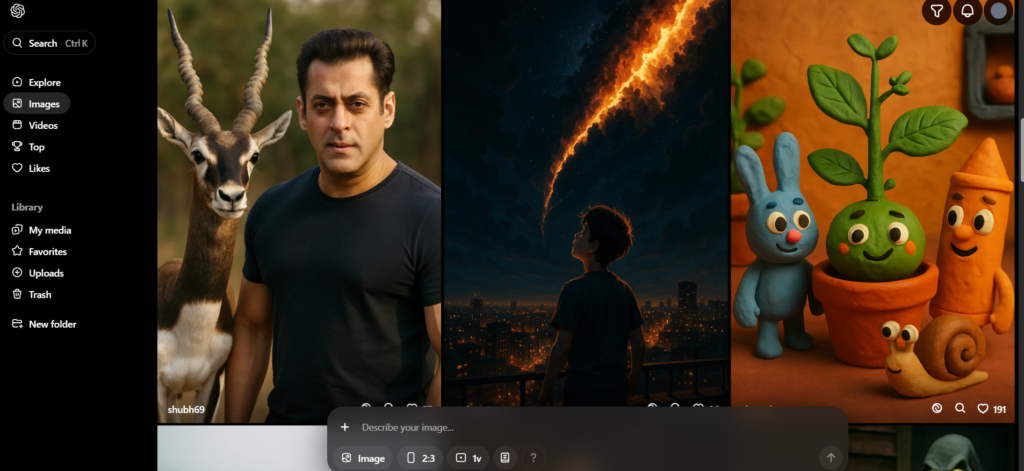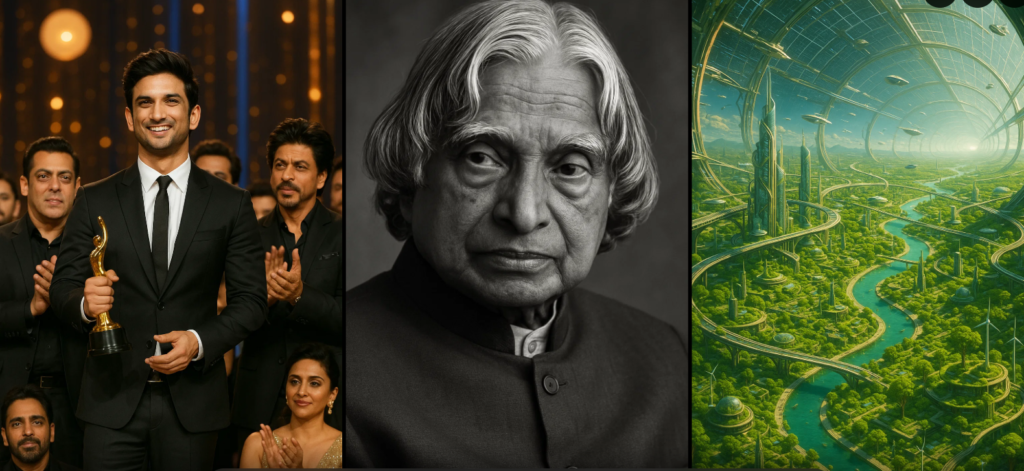Sora: Artificial intelligence continues to evolve at a rapid pace, and one of the most fascinating developments in recent years is the ability to generate videos from simple text prompts.

At the forefront of this innovation is Sora, a text-to-video model developed by OpenAI. Just like ChatGPT transformed natural language processing, Sora is shaping the future of how we create and consume video content.
In this article, we’ll explore what Sora is, how it works, and why it’s such a game-changer in the AI and media world.
What Is Sora?

Sora is an advanced AI model capable of generating realistic, high-quality videos from plain text instructions. Imagine typing something like “A panda riding a skateboard through Times Square”—and within seconds, the AI creates a short video clip depicting exactly that.

This technology leverages the same underlying principles as diffusion models used in image generation (like DALL·E or Midjourney), but takes it several steps further by incorporating motion, time, and spatial consistency, which are essential in video creation.
How Does Sora Work?
While OpenAI hasn’t released every technical detail, here’s a simplified breakdown of how Sora functions:
- Text Understanding
The model first interprets the user’s prompt using a language model (similar to how ChatGPT works) to understand context, intent, and specific visual elements. - Scene Construction
Based on the text, Sora generates a sequence of frames—like key scenes in a storyboard—ensuring the visuals match the described scenario. - Temporal Coherence
One of the hardest challenges in video generation is maintaining smooth transitions and consistent objects across frames. Sora uses AI to generate motion and continuity, making sure objects don’t suddenly change shape or location. - Rendering Realism
The final output appears highly photorealistic (or stylized, depending on the prompt), thanks to sophisticated training on vast video datasets and fine-tuned control over lighting, textures, and dynamics.
Key Features of Sora
- Realistic Video Output: Sora creates clips that are often indistinguishable from real footage.
- Customizable Length: Users can specify how long the video should be—ranging from a few seconds to several moments.
- Scene Versatility: Whether it’s a natural landscape, a sci-fi setting, or an animated world, Sora can handle diverse themes.
- Creative Control: Users can include camera angles, movements, or styles in the prompt to get more refined results.
Applications of Sora
Sora opens the door to a wide range of industries and creative fields. Some potential use cases include:
- 🎬 Film Pre-Visualization: Filmmakers can create sample shots before filming.
- 🎓 Education: Teachers can create visual aids and simulations from simple text.
- 🛍️ Advertising: Brands can generate dynamic video ads with minimal effort.
- 🎮 Game Development: Developers can prototype scenes or concepts quickly.
- 🌍 Content Creation: YouTubers, marketers, and storytellers can build unique videos without a camera or editor.
Challenges and Limitations
Despite its promise, Sora isn’t perfect—yet.
- Inaccuracy: Like with all generative AI, the output isn’t always precise. It may misinterpret prompts or create odd motion effects.
- Ethical Concerns: The ability to create ultra-realistic fake videos raises issues around misinformation, deepfakes, and digital trust.
- Computational Power: Generating high-quality videos requires significant GPU resources, which limits public access for now.
The Road Ahead
OpenAI has positioned Sora as a research preview, carefully monitoring its use and impact before a wider rollout. Over time, we can expect improvements in resolution, frame rate, and control, along with integrations into creative tools like video editors, animation software, and more.
As Sora matures, it could redefine how video content is made—removing barriers for creators, democratizing storytelling, and opening new possibilities in entertainment and education.
Final Thoughts
Sora isn’t just a neat trick—it represents a major leap in how AI interacts with the visual world. With just a text prompt, you can bring your imagination to life in motion. As AI like Sora continues to evolve, we may be heading into a future where anyone can be a filmmaker, animator, or visual storyteller—no expensive gear or Hollywood crew required.
Best 5 Smartphones Under ₹20,000 in India (2025) to Buy
Top 10 iPhone Hacks You Need to Try in 2025
Is Your Phone Secretly Listening? Here’s How to Protect Your Privacy
Best 5 Laptops Under ₹50,000 in India (2025) to Buy.
